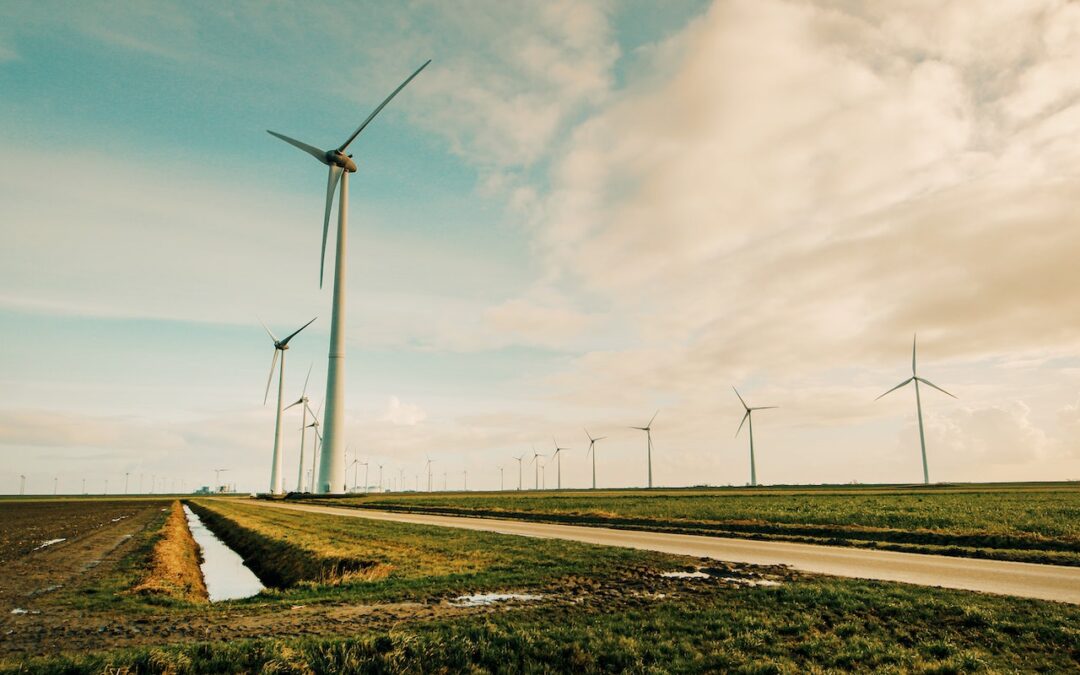Despite the fact that copper has long been in high demand and ranks as the third most-used metal on Earth, demand for the element is expected to increase exponentially over the next several years as the world transitions to greener energy sources. Because electrical energy systems rely heavily on copper, many are concerned that supply will not be able to keep pace with demand.
Copper’s Role in Renewable Energy
If the world is to transition to renewable energy and meet the climate change mitigation strategies of the United Nations, copper will be essential. From electric vehicles (EVs) to solar and wind power, most clean energy requires copper.
According to S&P Global, EVs require two and a half times more copper than internal combustion engine vehicles. Solar and offshore wind power require two to five times more copper per megawatt of installed capacity than power generated by coal and natural gas.
Copper will also play a vital role in the infrastructure needed to transport renewable energy. Copper cables, inverters, and transistors are all key to this process – thanks to the metal’s electrical conductivity and low reactivity.
Due to these and other factors, it is anticipated that this new, more energy-efficient world will be even more dependent on copper.
How Much Will Demand for Copper Increase?
According to a recent report from S&P Global, demand for copper is expected to double from 25 million to 50 million metric tons between now and 2035. The report says that by 2050, this demand is expected to exceed 53 million metric tons – a figure that eclipses the amount of copper consumed globally between 1900 and 2021.
Deployment of renewable energy systems is expected to account for a major portion of this demand increase. According to the S&P Global report, the copper needed for EVs, solar and wind power, and batteries is expected to triple by the middle of the next decade.
In addition to S&P Global, BloombergNEF’s global copper outlook report expects demand to skyrocket by more than 50 percent between now and 2040. Demand for energy transition activities (i.e., clean power, electrified transport, and infrastructure) and traditional copper uses (such as construction and the manufacturing of heating and cooling equipment) is expected to grow annually by 4 percent and 1.5 percent, respectively, over the same period.
As a result of this increased demand for new sources of copper use, transportation is expected to overtake construction as the largest user of copper by the end of the current decade. Ten years ago, copper demand for transportation applications was less than half of that for construction; by the end of the next decade, it is expected to be one-third greater.
Scenarios for Copper Shortages
The S&P Global report outlined two potential scenarios that could predict the extent of the copper shortage:
– Rocky Road Scenario. Production continues at the current rate, which causes an annual supply shortfall of nearly 10 million metric tons by 2035.
– High Ambition Scenario. This optimistic scenario involves mines increasing both utilization and recycling. While the shortfall would be less in this scenario, the market would still be in a copper deficit for the majority of the next decade.
What Changes Can Help Meet This Higher Demand?
Although experts are aware of the looming boom in copper demand, the answers to fulfilling this demand remain unclear. While building new copper mines may be part of the solution, it takes 16 years on average to build a new mine. At present, experts suggest increasing both the utilization of existing mines and recycling as potential solutions for fulfilling a portion of the higher demand.
According to Bloomberg, a shortage of copper could lead to higher prices, which could in turn suppress demand and reduce the supply deficit. Unfortunately, this would happen to the detriment of efforts to expand clean power and electrified transportation. However, this demand trajectory should also encourage companies to dedicate more resources toward copper discovery and exploration.
Governments should also be encouraged to explore these opportunities due to the potential of mining royalties. Government facilities for mine development could be promising if they adhere to strict environmental standards. However, if the governments ask for high royalties, this could compromise the confidence of investors and developers in new production.
Recycling, or secondary production, will also be key in meeting this new demand. Secondary production currently meets the full 4.6 million-ton-per-year gap between primary production and demand. While industrial copper scrap is currently abundant, consumer scrap availability is harder to predict and thus more difficult to rely upon for fulfilling demand.

